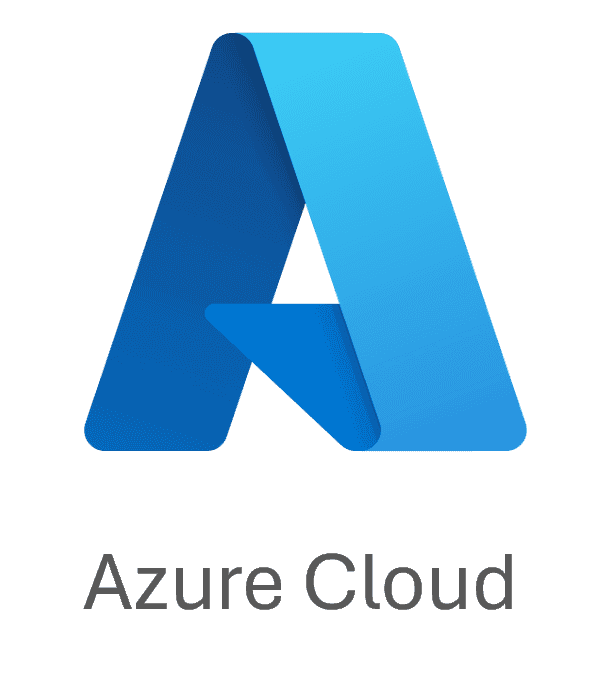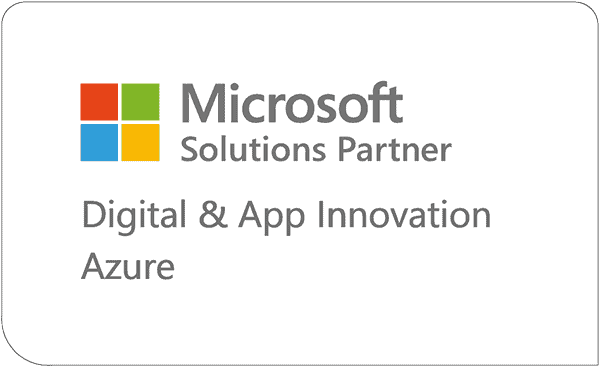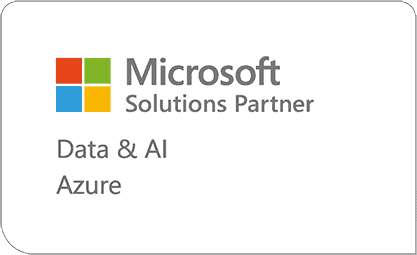APP DEV CASE STUDY
Stabilizing & Modernizing with Microsoft Application Development Tools
Client Introduction
This Texas-based company delivers operations, maintenance, and project management services to energy and industrial clients, especially in the oil and gas sector. They also offer commercial construction and electrical distribution services across public and private projects. With a focus on safety, efficiency, and client satisfaction, their team brings deep industry expertise to every engagement.
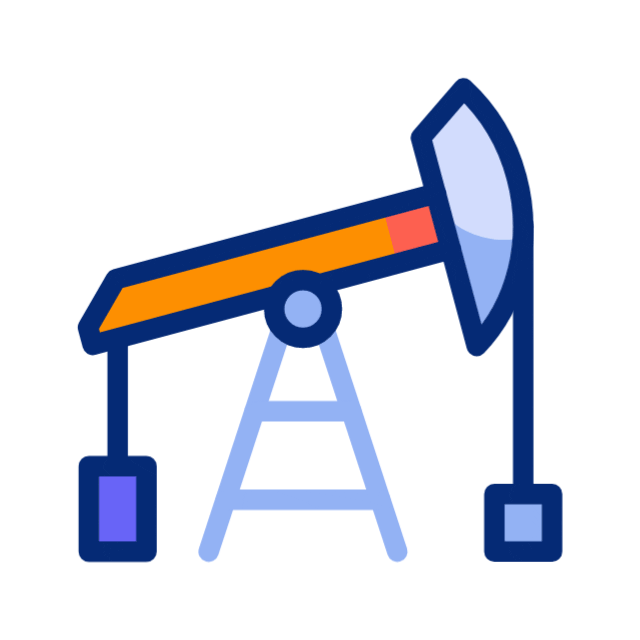
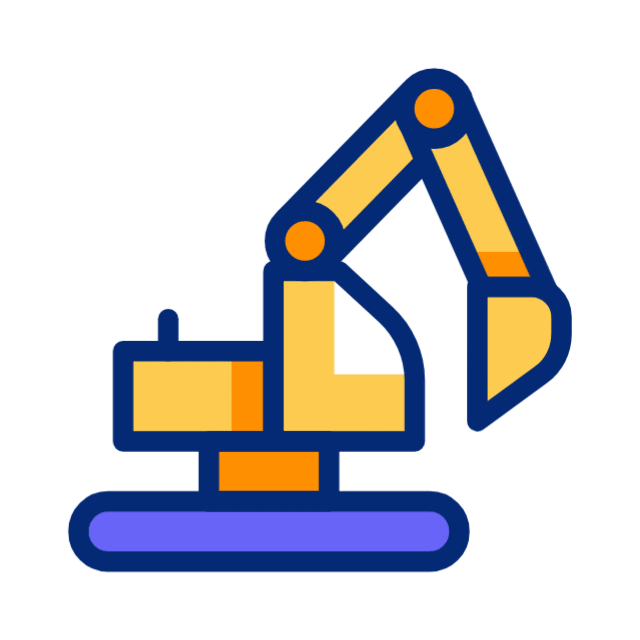
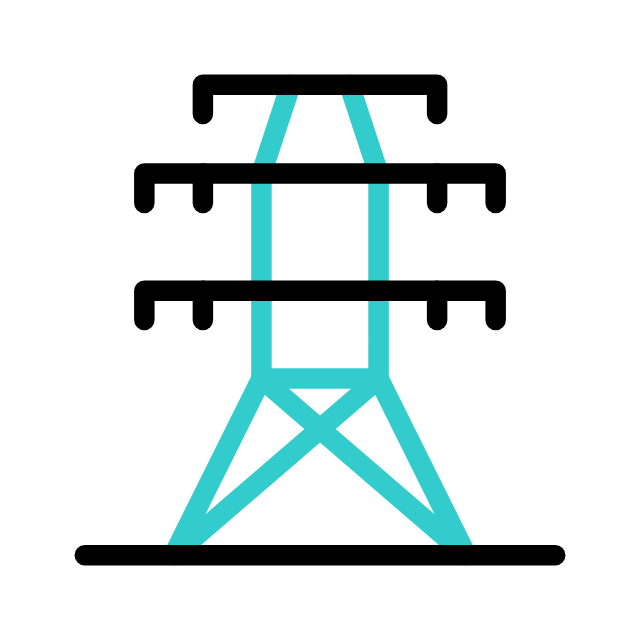
Challenges with a New Application Rollout
The organization had recently launched a custom-built API along with web and mobile applications for their field technicians. However, the rollout was met with significant performance issues that severely impacted usability.
Technicians were often unable to reliably create work tickets or purchase orders due to system delays and failures.
Compounding the problem, data synchronization processes (ETLs) were unable to keep pace with frequent updates from the source ERP system, leading to delays in ticket availability and undermining confidence in the system’s reliability.
The Solution: Stabilizing the App & Modernizing with Microsoft
To address these challenges, the database architecture was redesigned and critical sections of the codebase were refactored, enabling the ETLs to process changes from the ERP in near real-time.
This significantly reduced the time required to create and manage tickets, while increasing throughput across the entire ticket lifecycle – from creation to close-out and reporting. The modernization effort continued with the integration of Microsoft Fabric, which improved the consistency, reliability, and performance of data flows between the ERP system, the operational database, and reporting platforms. This transformation enabled faster and more accurate Power BI reporting.
Additionally, the web and mobile apps were redesigned for a streamlined user experience, making it easier for field techs to manage higher ticket volumes. The API was rebuilt following modern best practices, improving both speed and stability, especially in low-connectivity environments. This resulted in a more dependable and efficient system overall.
The final outcome…
More accurate ticketing, faster reporting, and increased user satisfaction.
There’s more to explore at Smartbridge.com!
Sign up to be notified when we publish articles, news, videos and more!
Other ways to
follow us:



